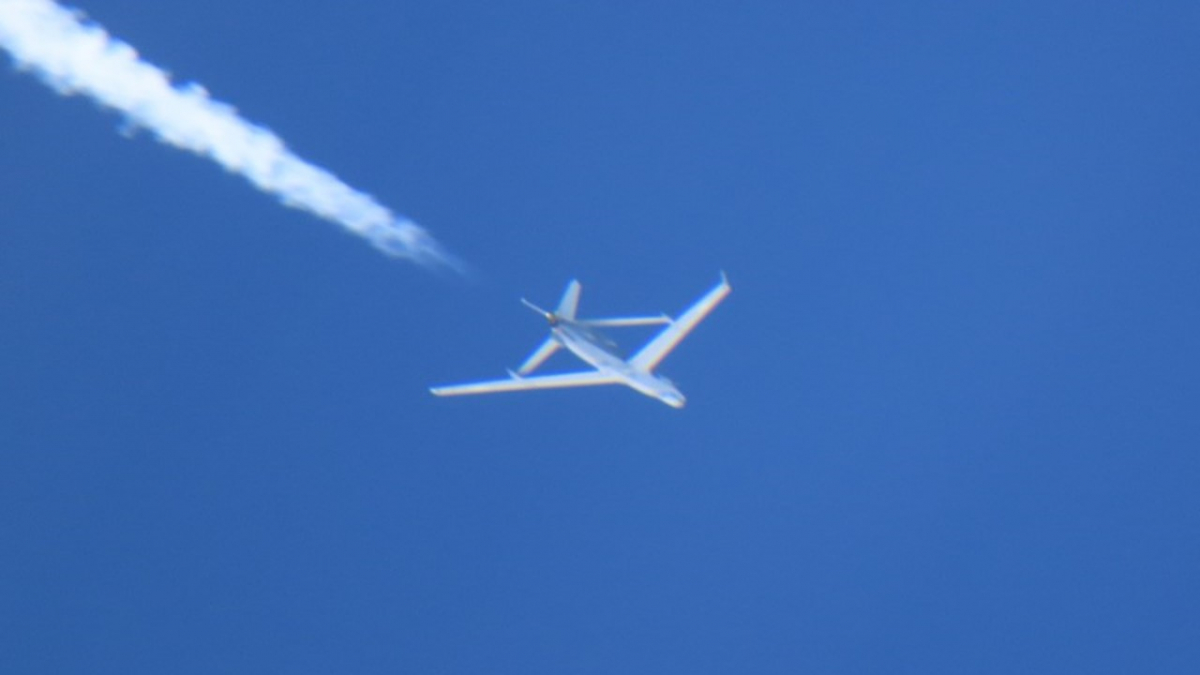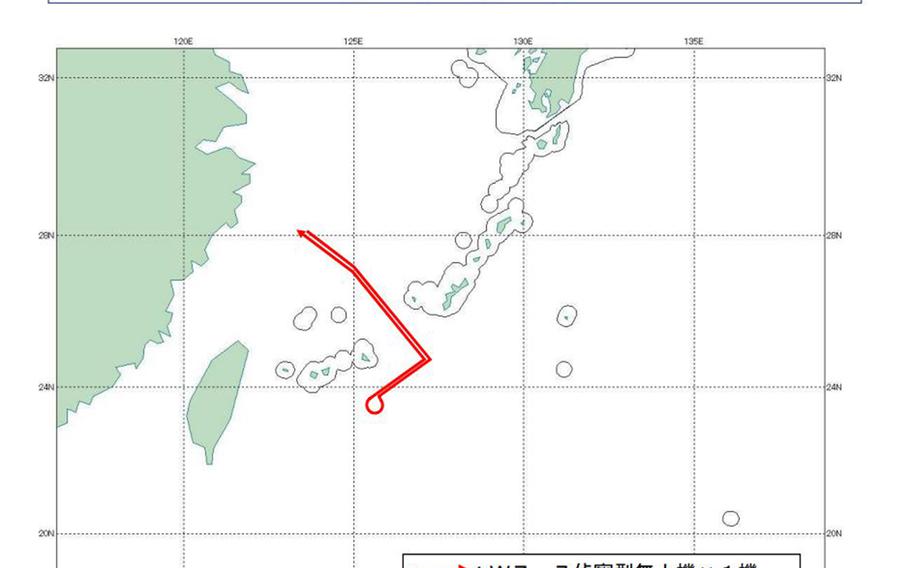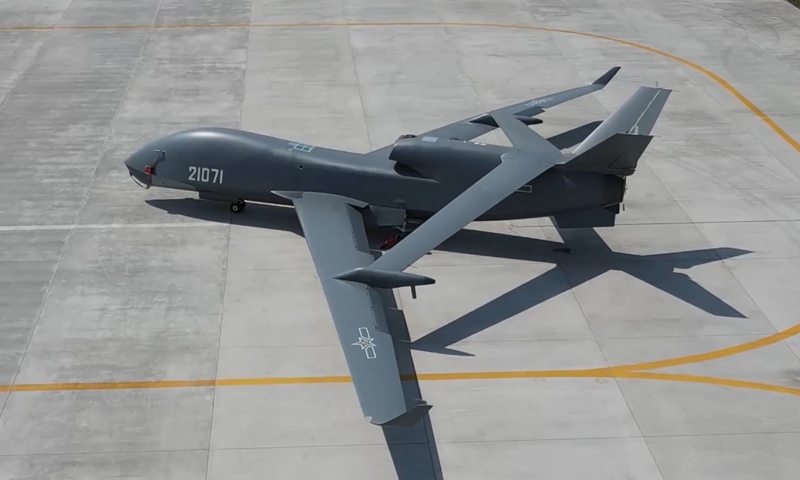While interceptions of Chinese aircraft are a daily occurrence in Japan, this new year begins with a double exception. On January 1 and 2, Japanese fighters took off to intercept a Chinese drone flying not far from Japanese airspace. This was a first, as it was the latest Chinese HALE reconnaissance drone, the WZ-7 Soaring Dragon.
Numerous Japanese intercepts
During the Cold War, the Japanese Self-Defense Air Force (JSDF) averaged 900 intercepts of mostly Soviet aircraft. This number dropped to between 100 and 300 interceptions during the 1990s and 2000s. However, with the rise of the People's Liberation Army, this number increased in the early 2010s, until it accumulated a record 1,168 intercepts, including a total of 851 intercepts of Chinese fighter aircraft for the year 2016!
A first intercept of a WZ-7
On January 1 and 2, the Japanese once again flew fighters (model unspecified) to intercept a Chinese aircraft. Each intercept is confirmed by a statement from the Joint Staff of the Japan Self-Defense Forces (January 1 statement, January 2 press release).
However, the interception involved an aircraft, or rather a drone, that had never been seen so closely by Japanese pilots it was a Chinese WZ-7 drone flying over international airspace between the islands of Okinawa and Miyakojima. The drone arrived in the area through the East China Sea and headed towards the Pacific Ocean. After its patrol, the WZ-7 flew the reverse route.
This intercept was preemptive; the drone remained in international airspace but was to be escorted in the event that it strayed into the airspace over the two Japanese islands. This interception, carried out on January 1, was repeated the next day, when a WZ-7 flew the same route. This drone is comparable in capabilities to the U.S. RQ-4 Global Hawk drone.




WZ-7 Soaring Dragon
This reconnaissance drone is very new: it reportedly entered service in 2018 with the People's Liberation Army Air Force (PLAF) and is also used with the People's Liberation Army Navy Air Force (PLANAF). 1:1 scale models were introduced to the general public in the early 2000s, but it wasn't until the 2021 Zhuhai (Guangdong, China) Aerospace Show that the first (real) WZ-7 was displayed to the public. It is used by the Air Force of the People's Liberation Army (FAPL) for maritime reconnaissance missions or along China's borders. It can be used as a communication relay between two units. Some reports also indicate a GPS signal jamming capability (to be confirmed).
It is a high-altitude, long-endurance (HALE) drone: estimated range of 7,000 kilometers and an estimated ceiling of 60,000 feet (18.3 kilometers altitude). The drone has a synthetic aperture radar located at the front (belly of the aircraft), a Chinese WP-13 engine (copy of the Russian R-13) at the rear, with an air intake located in front of the V-tail. It is easily recognizable by its diamond shape: the horizontal stabilizers join the wings. It is 14 meters long and has a wingspan of 22.8 meters.
.

Chinese pressure in Asia
China is seeking by all means to control its maritime supplies of raw materials from the Indian Ocean and the Pacific Ocean to its territory. To achieve this, China has established itself in the China Sea on artificial islands. Its combat fleet is also growing in power as well as in quality: the Chinese Navy has gone from a navy with a large number of small units (patrol boats, corvettes) to a more professional navy, with heavier assets, with global projection capabilities thanks to new wing tankers, allowing the projection of squadrons centered around aircraft carriers.
The Japanese, Taiwanese and Philippine islands thus seemed only threatened on their western flank, but with this surge, China is now deploying into the Pacific Ocean and the Philippine Sea. Moreover, the aircraft carrier Liaoning (Kiev class modified by China, Type 001, 16) carried out naval air maneuvers a few hundred kilometers to the east and southeast of the islands mentioned above. The carrier was accompanied by:
- Chengdu missile destroyer (Type 052D, Luyang III class, hull no: 120)
- Missile cruiser* Anshan (Type 055, Renhai class, hull no. 103)
- Missile cruiser* Wuxi (Type 055, Renhai class, hull no. 104)
- Zaozhuang frigate (Type 054A, Jiangkai class, Hull No. 542)
- Wing Tanker Hulunhu (Type 901, Fuyu class, Hull No. 901)
These distant maneuvers still pose an indirect threat to Japan, Taiwan and the Philippines: China is now able to project beyond the China Sea, bringing the Chinese threat to islands near China to 360 degrees.
*The Type 055 ships are identified in China as destroyers, but their capabilities correspond to missile cruisers.
Découvrez cet article sur Air&Cosmos

